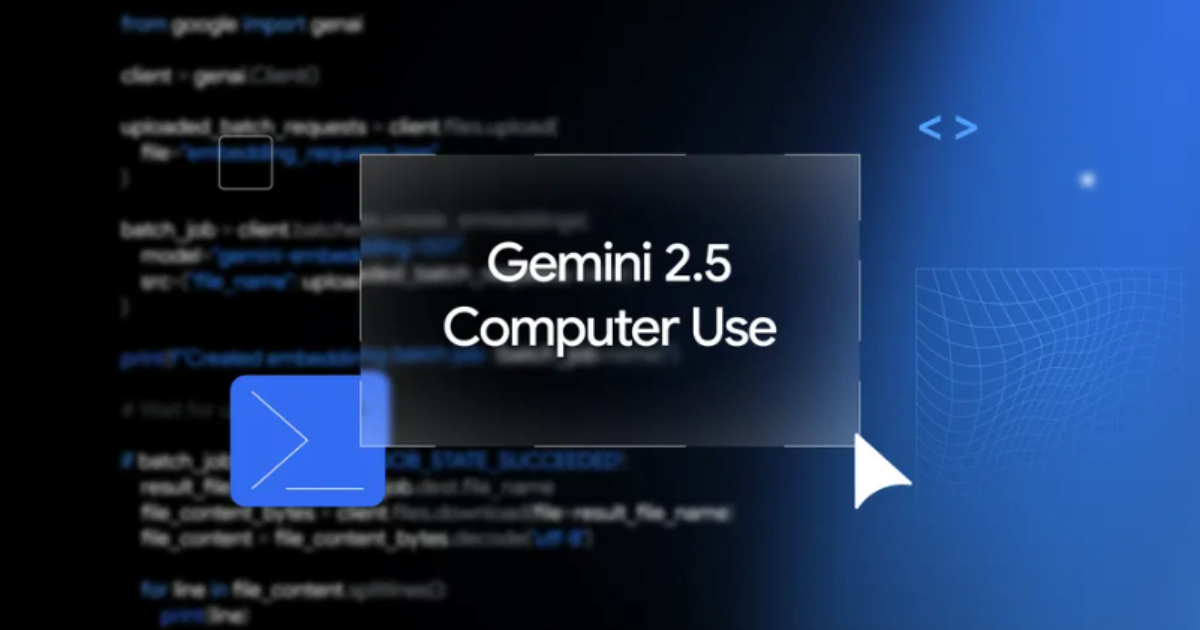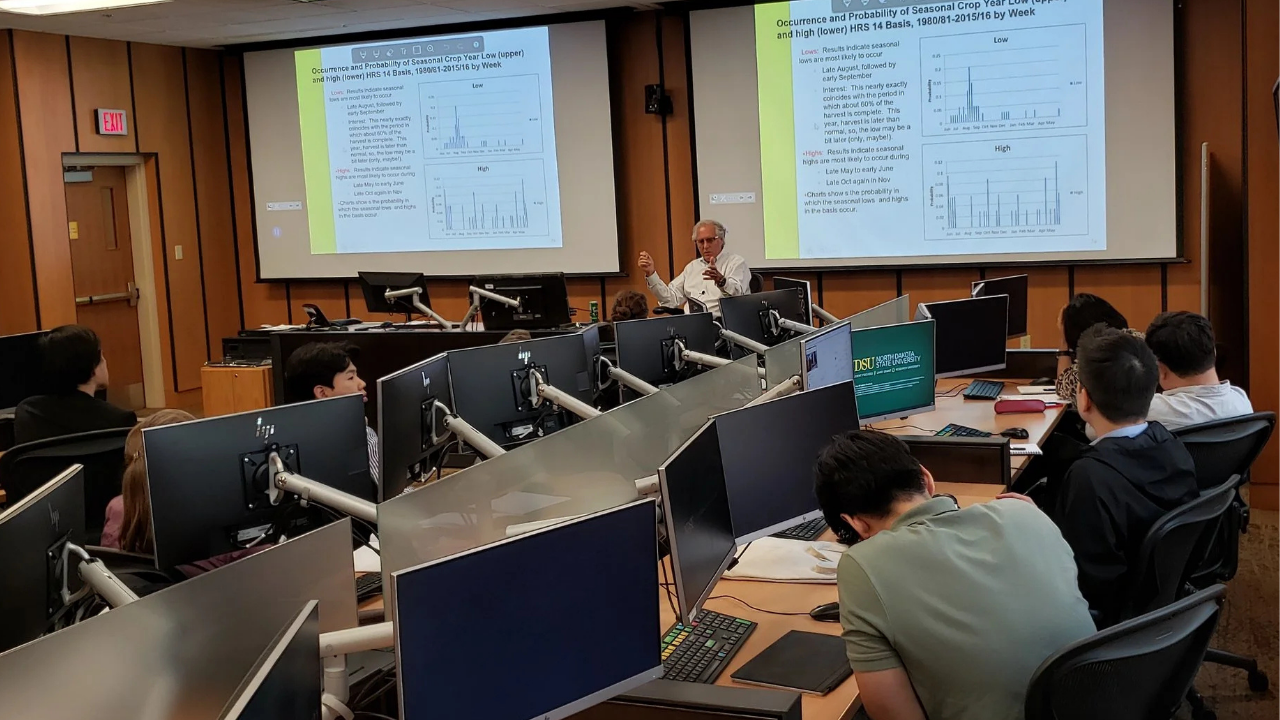- It all adds up for Felix Auger-Aliassime: Playing rivals, meeting idols & more ATP Tour
- Felix Auger-Aliassime claims Jannik Sinner is capable of something Rafael Nadal and Novak Djokovic could never manage The Tennis Gazette
- ATP star explains…
Blog
-
It all adds up for Felix Auger-Aliassime: Playing rivals, meeting idols & more – ATP Tour
-

Vaccines remain the cornerstone of child health
Vaccines remain the cornerstone of child health | Image Credit: © Aron M – Austria – stock.adobe.com.
As pediatricians, you stand at the front lines of safeguarding children’s health. Few interventions in medicine rival the profound impact of…
Continue Reading
-

Pixel 10 vs. Pixel 10 Pro vs. Pixel 10 Pro XL: Comparing Google’s Newest Phones
Google’s new Pixel 10 phones are here, bringing some spec upgrades and camera improvements over their predecessors, as well as more AI features. But the biggest change might be how many shiny Pro features are coming to the cheapest model, too.
The…
Continue Reading
-

Google DeepMind Launches Gemini 2.5 Computer Use Model to Power UI-Controlling AI Agents
Google DeepMind has recently released the Gemini 2.5 Computer Use model, a specialized variant of its Gemini 2.5 Pro system designed to enable AI agents to interact directly with graphical user interfaces. The new model allows developers…
Continue Reading
-

Announcing the Recipients of the Spotify x JED Impact Award for Positive Mental Health Storytelling — Spotify
When we introduced the inaugural Spotify x JED Impact Award earlier this year, our goal was simple: Celebrate unpublished fiction that inspires a more inclusive and compassionate…
Continue Reading
-

Newborn genomic screening may detect hundreds of additional childhood conditions
Adding genomic sequencing to newborn blood screening would detect hundreds of additional childhood conditions, providing much earlier diagnosis and treatment, according to a new study. A baby’s genome, which stays with them for…
Continue Reading
-

Some of the best Amazon Echo device deals are still live after Prime Day
When was October Prime Day 2025?
This year, Amazon’s Prime Big Deal Days sale, which typically takes place in October, ran from Oct. 7-8. The annual sale offered a wide range of deals on household goods and electronics, with some lingering…
Continue Reading
-
Hungarian author László Krasznahorkai awarded Nobel Prize in literature – The Washington Post
- Hungarian author László Krasznahorkai awarded Nobel Prize in literature The Washington Post
- Nobel Prize in Literature 2025 – Biobibliography – NobelPrize.org NobelPrize.org
- Nobel Prize in literature awarded to Hungarian writer Laszlo…
Continue Reading
-

Malorie Blackman’s Noughts and Crosses uses critical dystopia to challenge us to build a better future
Between 2013 and 2015, Malorie Blackman was Britain’s first black children’s laureate. Her young adult series Noughts and Crosses (2001-21) at once challenges and plays with the prevailing racial ordering of western life and…
Continue Reading
-

Q&A: Four Decades of Teaching Global Grain Procurement
Dr. William “Bill” Wilson helped establish the Grain Procurement Management for Importers short course at the Northern Crops Institute (NCI) more than four decades ago. Over the course of his long career, he has worked with hundreds of course participants from across the globe.
Wilson recently transitioned to a new role with North Dakota State University (NDSU) but was still involved in this year’s course. USW talked with him about the course’s history, the core tenets that make it successful year after year, and how the course has been refined over time to meet the changing needs of global grain buyers.
What was the initial driving force behind establishing the NCI grain procurement short course?
At the time the course was founded in 1982, the U.S. marketing system was considered very complicated compared to that of competitors like Australia or Canada. The purpose was that if we better educate buyers about the mechanics of our grain marketing system, then buyers can be more effective in their purchasing strategies. That was the idea, and I would say it still is the idea.
How have course participants changed over the years?
During our first couple of courses, nobody knew what an NCI course meant. One of the first programs was primarily seven people from Iraq who were involved in insect inspection. They were not really involved in the nuts and bolts of procurement, but that was the state of the industry at the time.
Over the next decade, the course increased to about 40 people. We had a lot of simultaneous translation; sometimes we were translating simultaneously into five languages. But the class was largely dominated by government buying agencies, so they had limited discretion as to what they did and their primary goal was to get the lowest cost.
Nowadays, we fill our class every year with 35 students, which is the capacity of our trading room. And we are always at capacity. We now teach multiple courses, one on wheat and corn and one on soybeans.
All of the students today are younger; they’re trained in futures, options and trading; they’re conversant in English and they’re very active in the purchasing of wheat. This is radically different than earlier years. They’re operating in a very competitive environment and using what we consider to be sophisticated strategies for managing risk and procurement.
How has the course been refined to meet the needs of this change in participants?
These are all recently trained people. They’re fully aware of the operations of futures , cash and options markets. When I observe the way we teach and what they ask questions about, they’re doing everything we’re teaching them. What they’re trying to do is fine-tune the way they’re doing it, whereas in earlier years, we were teaching them – what is the futures market?
First, we teach a lot about risk management, and we teach a methodology called Value at Risk (VaR). This is a novel technology and we teach it regularly in our university class. Increasingly, five to 10 percent of students are actively using this already in their import situation. So they’re looking to fine-tune their knowledge of how to use this method.
Second, we have a commodity trading room at NDSU that I developed in 2012. We have 34 workstations replicating what would look like a commodity trading room at any company, and we have access to all of the major media and information sources in the world. So a big part of one of our sessions is to articulate and illustrate all of these sources of information.
We also have online trading during our course. We give them assignments ahead of time, and then they have to trade overnight in groups. It brings the group together.
When we have very volatile marketing periods, it brings out a lot of questions, not only on the mechanics of making a buy decision, but also things like the price ladder and others.
Third, we are spending a lot of time on logistics and supply chain management. Every company in the world is analyzing its supply chain. I asked the students what their biggest source of risk is and it was transit time risk, so we introduced case studies to illustrate the impacts of transit time risk, where you make a purchase, expect shipment in 15 days and it takes 45 days. We now also have a special session devoted specifically to stock holding as a strategy.
How has industry engagement with the course changed?
In the 1980s, trying to get an industry speaker to come to Fargo was a killer. If I asked any company, I want to bring in a group of 30 people that you don’t know, so that you can tell them anything, they would say – forget it! So, I had to lean on former students of mine.
Then, over time, as our audience became more sophisticated and more commercially intriguing, we had no problem having industry speakers. We now have three to five industry speakers. We have traders coming in, we have local shuttle elevators coming in and the BNSF railroad is a regular speaker. As a matter of fact, we have more industry speakers than we can accommodate!
How does the integration of academic and industry experts benefit participants?
It’s good because I’m an academic. We as academics don’t know everything, and we don’t sell wheat, so it’s important to have industry speakers.
And industry speakers typically are not natural teachers. So we have a perfect complementarity now between academic presentations and experienced industry speakers. This has enhanced our program substantially.
How has USW helped contribute to the success of this course?
USW was with us from the very beginning. Most important to me is that USW identifies participants around the world who would benefit the most from this course. All of the overseas staff have been involved in the courses, so they know what we do. USW is like a matchmaker.
I also interact with the USW staff overseas. When they’re at NCI for trade teams and other programs, I always take a little pulse check about what’s of emerging importance and how we need to make marginal changes to the course each year.
How does this course ultimately drive sales of wheat?
When you teach in this class, you’re teaching somebody for their career and for a lifetime. Our approach is to teach the tools that are really important to utilize the flexibility of the U.S. market system.
The tools that we teach are always applicable for U.S. purchases. Over time, the idea is that if buyers are more knowledgeable, they make better decisions. That’s the approach we take.
Continue Reading